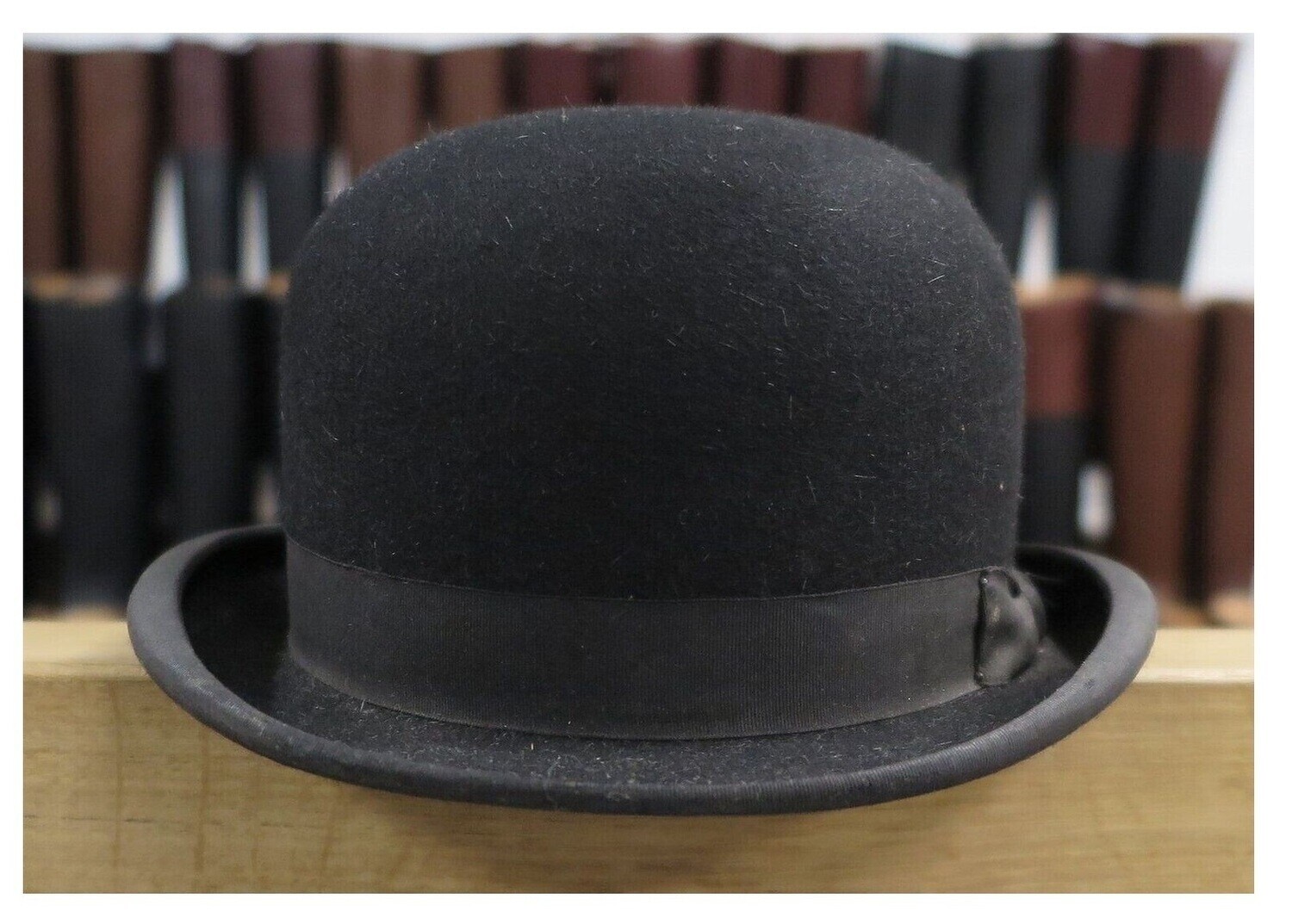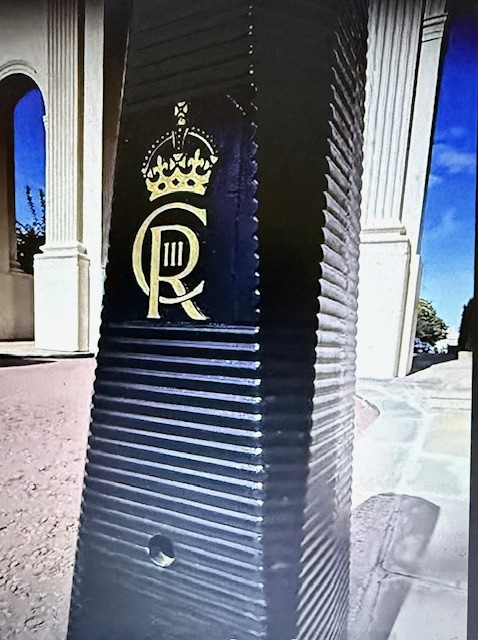The towering, black bearskin hats worn by the King’s Guards are one of the most recognizable symbols of British tradition, standing as a striking feature of ceremonial dress that adds a touch of grandeur to royal occasions. For many, these hats embody a timeless British spirit, but their history, cultural significance, and the controversies surrounding them make them more than just a piece of traditional headgear.
A Historic Origin: From Battlefield to Palace
The origins of the bearskin hat in British military attire can be traced back to the Battle of Waterloo in 1815. After observing the imposing effect that the tall bearskin hats had on Napoleon’s Imperial Guard, British forces saw them as a way to give their own soldiers a similarly intimidating presence. Shortly after the victory at Waterloo, the British Army adopted the bearskin hat for the Grenadier Guards, Britain’s elite regiment, to mark them as a distinguished force. This choice laid the groundwork for the bearskin’s role as a symbol of Britain’s ceremonial military strength.
Design and Purpose: More Than Just an Accessory
Each bearskin hat is crafted from the fur of Canadian black bears, measuring 18 inches in height and weighing approximately 1.5 pounds. The hats are meticulously made to ensure longevity and durability, with each one expected to last several decades, often being passed down through military ranks. Contrary to the misconception that they’re heavy or hard to wear, the hats are carefully fitted to each guardsman’s head, allowing for comfort during long hours of ceremonial duty.
Originally, the bearskin provided some protective benefit on the battlefield by adding bulk to the wearer’s height and serving as a form of overhead protection. Today, however, they are exclusively for ceremonial use, symbolizing the military’s heritage and stature rather than serving a functional purpose.
Iconic Appearances in British Ceremonies
The bearskin hat is an essential element of British royal pageantry and tradition, prominently featured at events like Trooping the Colour, state banquets, and other major royal celebrations. The presence of the King’s Guards in full ceremonial uniform, with their distinctive bearskins, is an enduring reminder of Britain’s rich historical legacy and royal heritage.
Guards who wear these hats undergo rigorous training to perfect the art of standing motionless and maintaining composure, no matter the weather or circumstances. Standing guard outside Buckingham Palace, the Tower of London, and during other royal ceremonies, these guardsmen are a symbol of loyalty and duty, which has made them an enduring part of Britain’s identity.
The Bearskin Controversy: Ethical and Environmental Questions
In recent years, the use of real bear fur has attracted criticism, particularly from animal rights organizations like PETA, which advocates for a switch to synthetic alternatives. The Ministry of Defence (MoD) asserts that the fur is sourced ethically, with pelts acquired from regulated culls of black bears in Canada, where populations are managed. The MoD claims that the bears are not hunted specifically for their fur, but rather as part of local wildlife control efforts.
Despite these assurances, calls for synthetic alternatives have grown stronger. The MoD has tested several alternatives but has yet to find a synthetic material that meets the durability and visual standards required for bearskin hats. For now, the bearskin tradition persists, although the search for sustainable alternatives reflects a desire to balance tradition with ethical considerations.
Fun Facts and Myths Surrounding the Bearskin Hat
While the bearskin hat is an iconic piece of attire, it’s also surrounded by myths and fun facts:
- Height Advantage: The hat’s height is often thought to obstruct the guards’ vision, but it is designed to sit high on the head, ensuring visibility.
- The "Fainting Guards" Phenomenon: Guards are sometimes rumored to faint from wearing the bearskin hats in the heat. However, fainting incidents are generally attributed to the physical demands of standing still for extended periods, not the hat itself.
- Maintenance: The hats require special care to maintain their shape and appearance, given their delicate fur. Each bearskin is brushed and cleaned regularly to keep it looking pristine.
The Bearskin Hat in Popular Culture
The bearskin hat has become a universal symbol of Britain, appearing in countless films, shows, and artwork. It’s often associated with Buckingham Palace’s stoic sentries, and for many, a photo with a King’s Guard outside the palace is a must-have souvenir. The bearskin even found a place in the art world, most famously in René Magritte’s painting The Son of Man, where the hat adds an air of mystery to his surreal portrayal of a faceless man.
Looking Ahead: The Future of Bearskin Hats
As debates continue about sustainable alternatives, the future of bearskin hats may evolve in response to ethical and environmental considerations. Yet, the bearskin remains a powerful symbol of British heritage and the steadfast loyalty of the King’s Guards. The MoD has shown a commitment to upholding this historic tradition while also seeking modern solutions, hinting at the potential for a synthetic option that could one day take its place.
The bearskin hat is more than just ceremonial attire—it is a piece of history, a marker of tradition, and an emblem of British culture. Whether admired for its grandeur, appreciated for its craftsmanship, or challenged for its materials, the bearskin hat continues to capture the public imagination, standing tall as a quintessential icon of the British monarchy and military pageantry.

.jpg)






